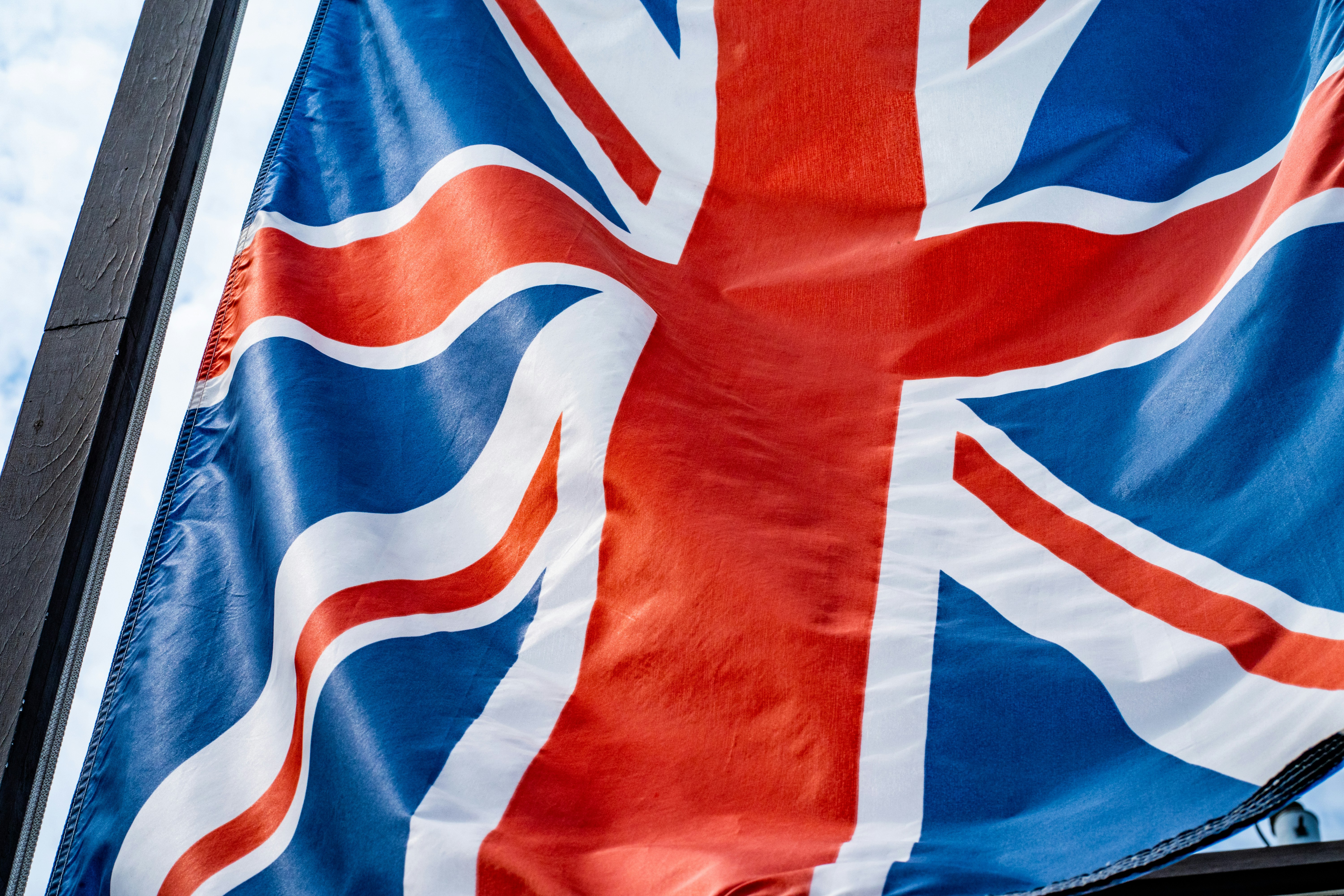Related Jobs
View all jobsHuman Factors Engineer - Submarines
Electrical Systems Engineer (C&I) - Submarines
Software Controls Engineer
Senior ILS Engineer
Test Facility Engineer - Submarines
Subscribe to Future Tech Insights for the latest jobs & insights, direct to your inbox.
Industry Insights
Discover insightful articles, industry insights, expert tips, and curated resources.

Why Space Careers in the UK Are Becoming More Multidisciplinary
The UK’s space sector is growing fast — from satellite systems and Earth observation to satellite communications, space robotics, propulsion, space data analytics, and mission operations. But the nature of space work is changing. Projects involving satellites, launch systems, space robotics and ground infrastructure are now embedded in regulation, public perception, human interaction and cross-disciplinary design. Space careers in the UK used to be dominated by engineers, astrophysicists, systems analysts and telemetry experts. Today, they increasingly demand fluency not only in aerospace, software, electronics & data, but also in law, ethics, psychology, linguistics & design. After all, space systems operate under treaties, privacy constraints, public scrutiny, international collaborations and human interfaces. In this article, we explore why space careers in the UK are becoming more multidisciplinary, how those allied fields intersect with space work, and what job-seekers & employers must do to thrive in this evolving cosmos.

UK Space Team Structures Explained: Who Does What in a Modern Space Department
The UK space sector is rapidly expanding. With growth in satellite design, Earth observation, communications, launch systems, space science, downstream applications, and regulatory and operational services, there’s rising demand for skilled professionals across many disciplines. Building a high-impact space organisation requires well-defined team structures, clear roles, strong collaboration, and alignment across engineering, science, operations, regulation, and commercial functions. If you are applying for roles via UKSpaceJobs.co.uk or hiring into your company, this guide will help you understand the principal roles you’ll find in a space team, how they interact during mission lifecycles, what skills UK employers expect, salary norms, common challenges, and best practice for structuring space teams that succeed.

Why the UK Could Be the World’s Next Space Jobs Hub
Space is no longer just the domain of governments and large agencies. Commercial satellites, Earth-observation, space communications, space launch, applications using satellite data, and downstream services are becoming essential components of national and global infrastructure. Whether for climate monitoring, telecommunications, security, navigation, agriculture, or disaster management, space technologies underpin many of the systems we take for granted. In recent years, the UK has been steadily building its space sector: advancing policy, strengthening research, encouraging private investment, establishing new facilities, and growing its workforce. As this momentum continues, demand is rising for professionals in engineering, operations, software, analysis, project management, regulation, and more. For those interested in ambitious, cutting-edge, and high-impact careers, the UK space sector offers compelling prospects. This article explores why the United Kingdom is exceptionally well placed to become a global space jobs hub, what the current landscape looks like, the roles in demand, sectoral strengths, challenges to be addressed, and what must happen for the UK to fulfil this role in the global space economy.